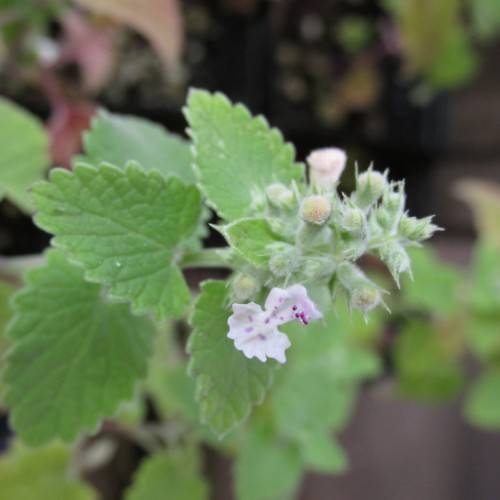
catnip
Nepeta cataria
Cycle:
Herbaceous Perennial
Watering:
Average
Hardiness Zone:
3 - 7
Flowers:
Flowers
Sun:
full sun,part shade
Leaf:
Yes
Growth Rate:
Low
Maintenance:
Low
Salt Tolerant:
Yes
Invasive:
Yes
Indoors:
Yes
Care Level:
Easy
watering
Catnip should be watered about once a week, providing around 1 inch of water at a time. Soak the soil and allow it to dry out before watering again. Avoid overwatering as it can cause root rot. During the hot season, catnip should be watered more often; during cooler temperatures, water less. It's important to ensure the soil has good drainage so that excess water can easily escape.
sunlight
Sunlight is an important factor in the growth and health of catnip, so it is important to provide this plant species with the right amount and timing of sunlight. Catnip should be grown in full sun for 6-8 hours per day to ensure that it is receiving enough light. If grown in partial shade, the plant may not grow well and the leaves may become limp, discolored, or stunted. Additionally, the plant should be rotated occasionally so that it does not lean towards the light source for extended periods of time. When grown indoors, near a bright window is usually sufficient.
pruning
Catnip should be pruned in late spring or early summer. Generally, you should prune back the plant's stems by 1/3, taking off the tallest stems first. This will encourage a bushier, fuller plant. Deadheading spent blooms will encourage continued flowering and help keep catnip looking tidy and attractive. If the plant becomes too large or is growing out of bounds, it can be heavily pruned back to the desired size. Catnip plants enjoy a good trimming and benefit from regular pruning.
